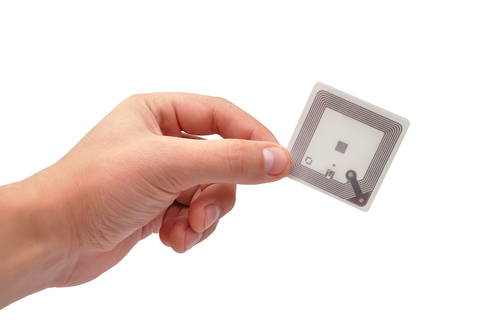 In a study entitled “Tactile Imaging of an Imbedded Palpable Structure for Breast Cancer Screening”, published in the journal ACS Applied Materials & Interfaces, a group of researchers has developed an “electronic skin” that can feel and image small lumps that may not be detected through manual palpation, this way aiming to overcome the lacunas in manual breast exams, which seem to be low-tech when compared to other methods such as magnetic resonance imaging (MRI).
In a study entitled “Tactile Imaging of an Imbedded Palpable Structure for Breast Cancer Screening”, published in the journal ACS Applied Materials & Interfaces, a group of researchers has developed an “electronic skin” that can feel and image small lumps that may not be detected through manual palpation, this way aiming to overcome the lacunas in manual breast exams, which seem to be low-tech when compared to other methods such as magnetic resonance imaging (MRI).
Their device was tested on a breast model made of silicone, and could potentially allow physicians to know the size and shape of a lump, leading to early identification of breast cancer and resulting in more efficient treatments that could ultimately save lives.
Lead authors Ravi F. Saraf and Chieu Van Nguyen, from the University of Nebraska, point out that even though early diagnosis of breast cancer is a necessity, small masses of cancer cells are not easy to identify.
Methods currently used in the clinic include MRI and ultrasounds that although sensitive, can be expensive. Additionally, mammography is imperfect, especially for testing young women or women with dense breast tissue.
Clinical breast exams performed by physicians as an early detection method are inexpensive, but many times fail to detect lumps until they’re 21 millimeters in length. Detecting lumps and determining their shape when they’re less than 10 millimeters is the only way to improve a patient’s survival rate over 94%.
[adrotate group=”3″]
Even though some devices mimic a manual exam, they suffer from poor image quality and fail to define a lump’s shape, which is crucial for doctors to understand if a tumor is malignant or benign.
To fill this screening gap, the team developed an electronic skin composed essentially of nanoparticles and polymers that can detect, feel and image small objects. They embedded lump-like objects in a piece of silicone mimicking a breast and pressed the device against this model with the same pressure a clinician would use in a manual exam, observing that their model could image lumps as small as 5mm and as deep as 20mm.
Along with breast cancer screening, this device could potentially be used to screen patients that show early signs of melanoma and other cancers.

